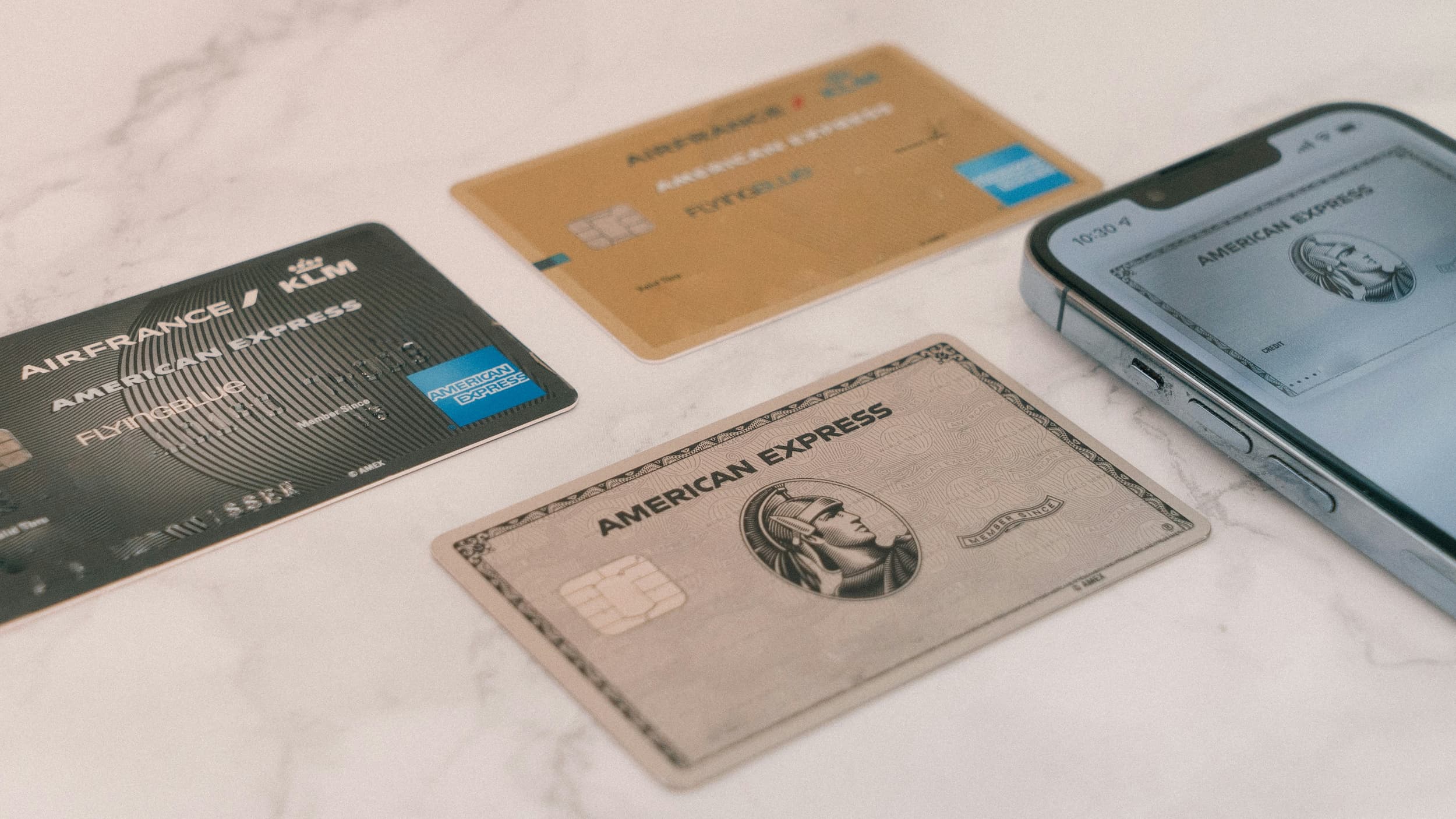 Your Money
Your Money What Was the Largest Credit Card Purchase Ever?
The largest credit card purchase in history was made by Chinese magnate Liu Yiqian in 2015. Find out what he bought and how much he spent.



Devaluation directly impacts purchasing power, and consequently, people’s personal finances. But why does it happen? The reasons vary, from monetary policies to fluctuations in the global market.
This generates consequences that become visible in the cost of both national and international goods and services.
Understanding what devaluation is in economics, its types, and its causes will help you better grasp how it affects your finances. To learn everything about devaluation, just keep reading.
In simple terms, devaluation is when the national currency loses its value against foreign currencies. It’s a natural economic adjustment that can also be imposed by a country’s monetary authorities.
As a result, it usually affects the prices of goods and services, as well as the cost of foreign currency debt.
That’s what devaluation is in economic terms.
Where Does it Come From?
The value of currency doesn’t come from the paper or metal itself but from the wealth it represents. Therefore, it depends on the support and control of each country’s central bank, which ensures its value through the reserves of wealth it manages.
However, this balance can be disrupted by various factors. For example, when confidence in the currency declines or more money is printed without a proportional increase in wealth.
Devaluation is often tied to economic factors, both internal and external. As a result, multiple factors can trigger a currency's loss of value.
This is why there are different types of devaluation:
Internal: In regions with a shared currency (like the Eurozone), internal devaluation is an alternative. Instead of reducing the currency’s value, a country cuts costs, such as wages or taxes. The goal is to lower production prices to boost exports.
External: When production costs are high, local products lose competitiveness in the global market. Devaluing the currency can make them cheaper in international terms, thus stimulating exports. This strategy is usually applied in countries with their own currency.
Competitive: Known as a currency war, where multiple countries devalue their currencies to stand out in the international market. However, these measures tend to be temporary, as other countries often respond with similar devaluations.
Fiscal: This seeks to reduce production taxes, making the national industry more competitive without devaluing the currency. For example, the production tax on employees could be lowered while increasing VAT to balance revenue.
Excessive money printing is a factor that contributes to devaluation, leading to inflation and creating pressures within the economy.
Other causes include:
Political and economic instability
Speculation in foreign exchange markets
Unsustainable foreign currency debts
If a country imports much more than it exports
Rise in interest rates in other countries
Economic policy decisions
Despite the consequences of devaluation, some positive effects can benefit certain sectors of the economy.
These include:
Boosting Exports: National products become cheaper for foreign buyers. Thus, exports tend to increase, benefiting national companies that sell in international markets.
Encouraging Tourism: Devaluation is advantageous for foreign visitors as it makes the country a more affordable destination. This increases tourist flows and benefits hotels, restaurants, and the transportation sector.
Incentivizing Domestic Consumption: With a devalued currency, imported goods are much more expensive for locals, so they’re more inclined to buy national products.
Attracting Foreign Investment: Currency devaluation lowers investment costs in the country for foreign companies. Consequently, businesspeople take advantage of the lower prices to expand their operations.
Typically, these benefits are temporary and may come with challenges, like inflation, which raises the prices of imported goods and decreases the population’s purchasing power.
Once you understand what devaluation is in economics, you’ll see that it can affect your finances in various ways, depending on your situation.
As mentioned, purchasing power is reduced during devaluation as products become more expensive. Moreover, the loss of currency value contributes to inflation.
In other words, you’ll need more money to buy an item, especially if it’s imported, which impacts your wallet.
For this reason, some people look to transfer their savings or invest in stronger currencies to protect their money. However, there is a risk of bank transfer fraud since not all methods are verified.
What About International Travel?
It becomes even more expensive, especially if, for example, the Mexican peso devalues, and you plan to travel to the U.S. You’ll need more MXN to cover expenses unless you have dollars saved in wallets like Google Pay.
Despite the consequences of devaluation, we can say there’s a positive side, too. Since tourism is key to the country’s economy, the exchange rate is attractive for visitors.
People who receive remittances also benefit by getting more money after converting to MXN. Additionally, those who sell products or services abroad and earn in stronger currencies also find advantages in devaluation.
There are several ways to protect yourself from devaluation, including:
Safeguard your money in tangible assets, like properties or stable investments, which retain value instead of keeping it only in cash.
Choose local products to reduce the impact of devaluation on your budget.
Set up an emergency savings fund.
Review your budget and ensure your current income allows you to cover expenses without compromising your financial stability.
Do you receive remittances or payments from abroad?
Download DolarApp and open your account in digital dollars to preserve the value of your savings against devaluation. With this tool, you can manage and handle your money effectively.
In addition to sending or receiving USDc, you can convert it to Mexican pesos at the best market rate whenever you need it. So, if devaluation occurs, you won’t have to worry too much about your funds.
Mexico has gone through several major devaluations throughout its history. However, three major crises stand out:
1. 1976 Devaluation: The Mexican peso was devalued against the dollar due to economic problems and a balance of payments deficit. The currency lost 76% of its value.
2. 1982 Devaluation: The 1982 debt crisis forced Mexico to devalue the peso significantly. This action was accompanied by economic adjustments and a long period of inflation. The devaluation reached 500%.
3. 1994 Devaluation: Known as the "Tequila Effect" or "December Mistake," this was triggered by a lack of international reserves. It caused a financial crisis that severely impacted the Mexican economy. It began at 3.44 MXN and reached 9.40 MXN per dollar.
Since then, the country hasn’t faced such drastic devaluations, partly because the Bank of Mexico (Banxico) implemented a more flexible exchange rate system.
So, what is devaluation?
It’s the loss of a currency’s value compared to another, which can happen for various reasons.
If it happens, it significantly impacts personal finances, as you’ll see the cost of daily life increase.
But it often benefits certain sectors, such as tourism and exports, which can gain competitiveness in the global market. Those who receive money from abroad are also less affected.
That’s why it’s ideal to have savings in a strong currency, and options like DolarApp provide this possibility. Additionally, you don’t have to worry about transfer limitations, and you can convert your USDc to pesos whenever you want.

The world has borders. Your finances don’t have to.
 Your Money
Your Money The largest credit card purchase in history was made by Chinese magnate Liu Yiqian in 2015. Find out what he bought and how much he spent.

 Your Money
Your Money In most cases, the reference number in a transfer is a unique code that varies depending on the bank or system used.

 Your Money
Your Money Do you know what types of coins and bills circulate in the U.S.? Click here and find out which U.S. coins exist and their value.


